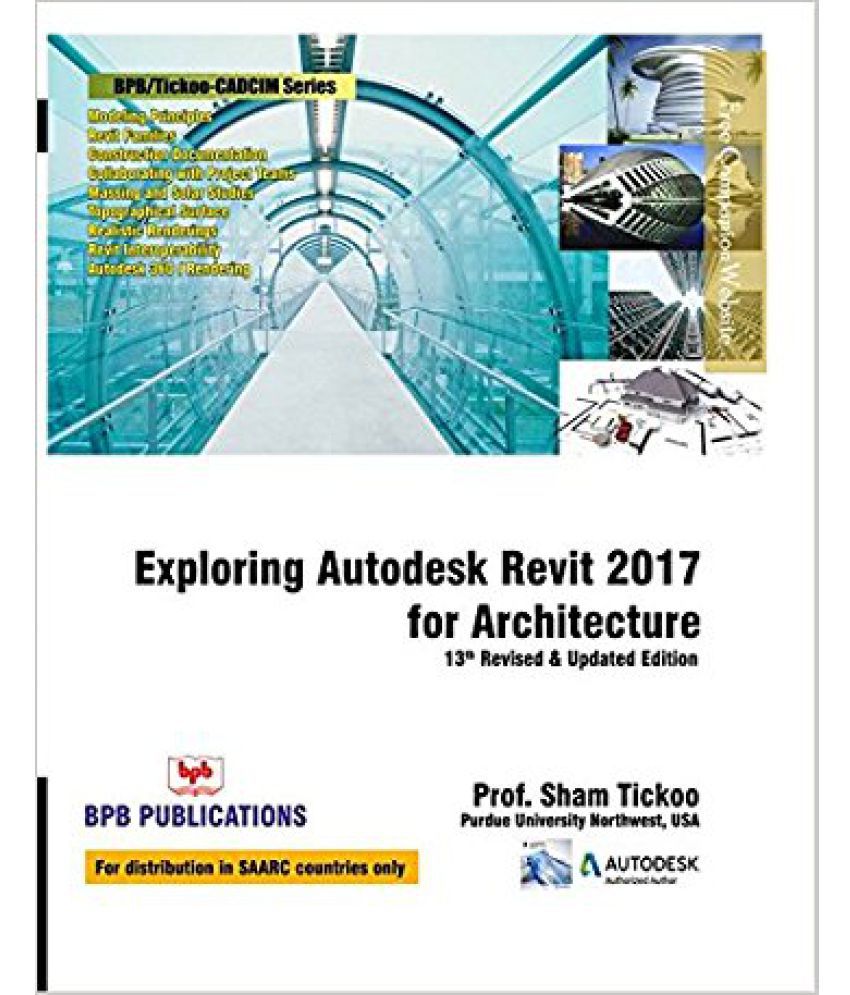

I also knew I had a large inventory of “unconventional” Revit families and projects that I could use to test out this particular add-in. When I was asked to write a product review for an Autodesk® Revit® add-in that converts Revit files into 3D PDFs, I was very excited because I really enjoy testing software and pushing it to its limits. Maybe put the number in a circular symbol, or even add some more parameters to the annotation.Back July 4th, 2013 Converting Revit to 3D PDF - A Product Review This is just one, very basic example, you can then start to explore and add more functionality and design to the generic annotation and schedule. Now you can place the view and schedule on a sheet, and we get the following: The next step is to create a Note Block Schedule: Give it an appropriate name and add the label parameters to the schedule: Now place the annotation in the project and set the properties: The second label will be the contents of the note text. Below is a guide using a common example where we have a “refer to note” and leader, and a list of these notes.įirst create a Generic Annotation Family, then simply setup 2 labels. My colleague Justin has written a blog on this subject.Ī very easy way to create a list of notes, along with annotations in Revit, is to create a Note Block. The saves time added manual notes within your drawings and typing notes manually within the titlesheet. This can then be added to all the relevant drawing sheets within your project. “Refer to note 1” and extract all your notes in a schedule.

If you are having to add annotation to drawings where the same note is being used time and time again, you can create a standard text note, i.e. One function that I particularly like within Revit is the “Note Block” tool.

Scratch under the surface a little, and Revit offers all sorts of tools to assist in the production of 2D drawings. However, the most common reason I see is due to the user not being aware that Revit is able to achieve the required outputs. Other reasons may include the user creating their own macros and lisp routines to quickly achieve their 2D drawing outputs.

This can be for various reasons, but is often due to users being more familiar with the tools within AutoCAD. A common practice for new Revit users involves completing details and annotation within AutoCAD rather than directly within Revit.


 0 kommentar(er)
0 kommentar(er)
